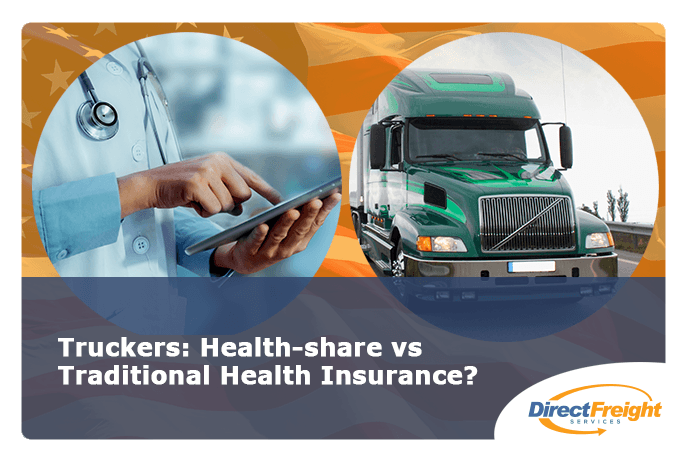Stress is a part of life. As a natural nervous response to perceived danger, it serves an important function in keeping you alert and safe even in difficult situations. However, in the world today, we are exposed to many more stressors than our ancestors so managing these and keeping from becoming chronically stressed is important. Chronic stress can cause many bodily issues such as high blood pressure, cardiac issues, along with potentially weakening the immune system.
The solution may seem obvious, just avoid stress. However, staying away from stressful situations is not always possible, especially while working in any career. This isn’t the end of the world though, as stressful situations are able to be managed with the right strategies. Learning to handle stress productively will help you become a calmer, happier, and more motivated person.
What Causes Stress?
Stress is a response that the brain has to a perceived threat. Since humans used to be more exposed to danger, like wild animals, storms, and other hazards, the stress response developed to keep them safe as it increases heart rate and brain activity to make it possible for the person to get out of the situation unharmed. Nowadays, there are not many wild animals that we have to worry about on a daily basis, but situations that cause stress may be as simple as failing to do something or taking tests. In each of these moments, the brain is convinced that harm will come, so it triggers the stress response.
The stress response happens as the brain releases hormones that increase blood pressure and pulse, which causes hair to stand on end, and create a general feeling of anxiety. This is normal. Stress is a natural human response to fear-inducing events, but it can be controlled. There are strategies for managing stress like exercise, mindfulness practice, reading, and therapy. Talk to your medical provider about your stress and see what their suggestion is on the best way to manage it.
Stressful Situations and Staying Calm
Stressful situations are everywhere! From being late to work, to forgetting a loved one’s birthday, each of these can cause a stress response. There are plenty of reasons for the stress response to be triggered, and driving can create some as well. From managing time, to the potential danger of cargo thieves, stress sometimes happens.
The good news is you can manage even the most stressful situations. Some quick strategies to keep your stress levels down are: exercise and move often, making sure to stretch, drinking less caffeine, and being mindful about what is causing your stress. Understanding your own stress response will help you to be aware of what causes you stress and create strategies to avoid becoming too anxious. If you try these and remain stressed, talk to your doctor, and they can give you strategies to manage stress.
Final Thoughts
Stress is everywhere, but you have a powerful mind that can work around being knocked down by stress. There are plenty of things that cause stress, but there are also many things that can be done to help ease stress. Don’t give up, and if you are feeling overly stressed for a long period of time, do speak with your clinician, and they can help you find coping strategies personalized to you.










